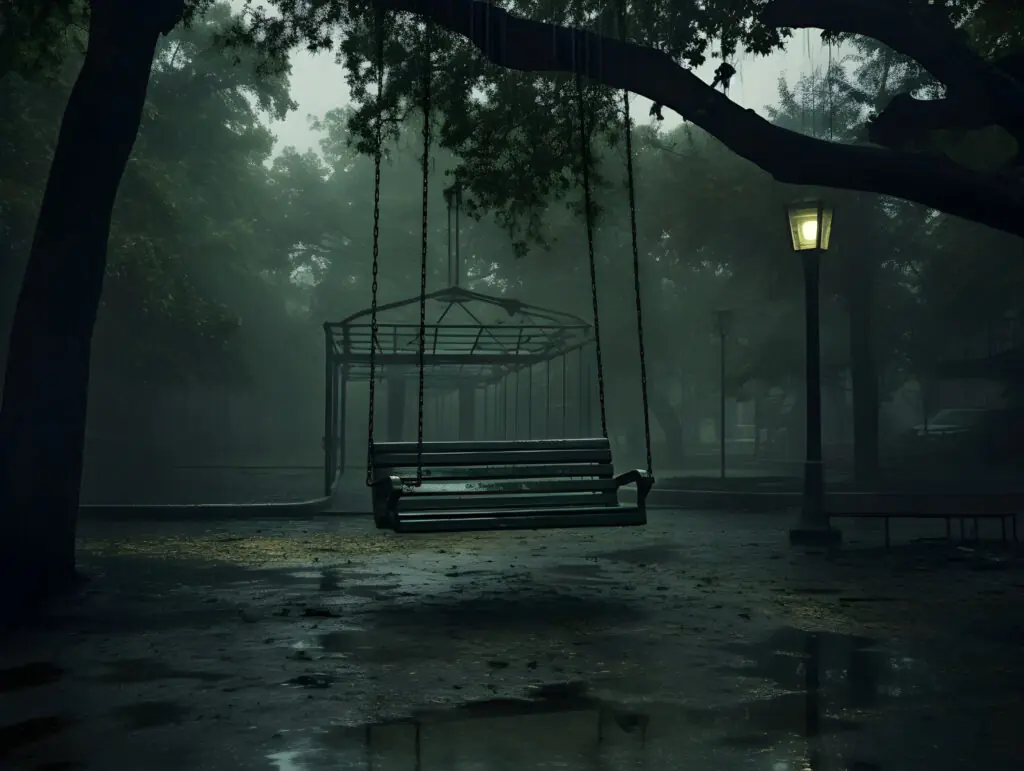
Inside The Global Seed Vault: Earth’s ‘Safest Place’ Only Opens Six Times A Year
Deep in the icy wilderness of the Arctic, nestled within a mountain on the remote island of Spitsbergen, lies one of humanity's most ambitious and quietly vital creations: the Svalbard Global Seed Vault. Often dubbed “the doomsday vault,” this facility is more than just a bunker—it is a symbol of hope, resilience, and our collective responsibility to protect the future of food on Earth.
The Global Seed Vault was inaugurated in 2008 and is located about 1,300 kilometers from the North Pole. Built to endure natural disasters, nuclear wars, and climate change, this vault serves as the world’s ultimate backup—a kind of insurance policy for the planet’s agricultural biodiversity. It contains over 1.2 million seed samples from almost every country on Earth, representing more than 6,000 species of plants. Whether it's rice from Asia, wheat from the Middle East, or maize from the Americas, the vault ensures that critical crop varieties are preserved in case of global catastrophe or regional agricultural collapse.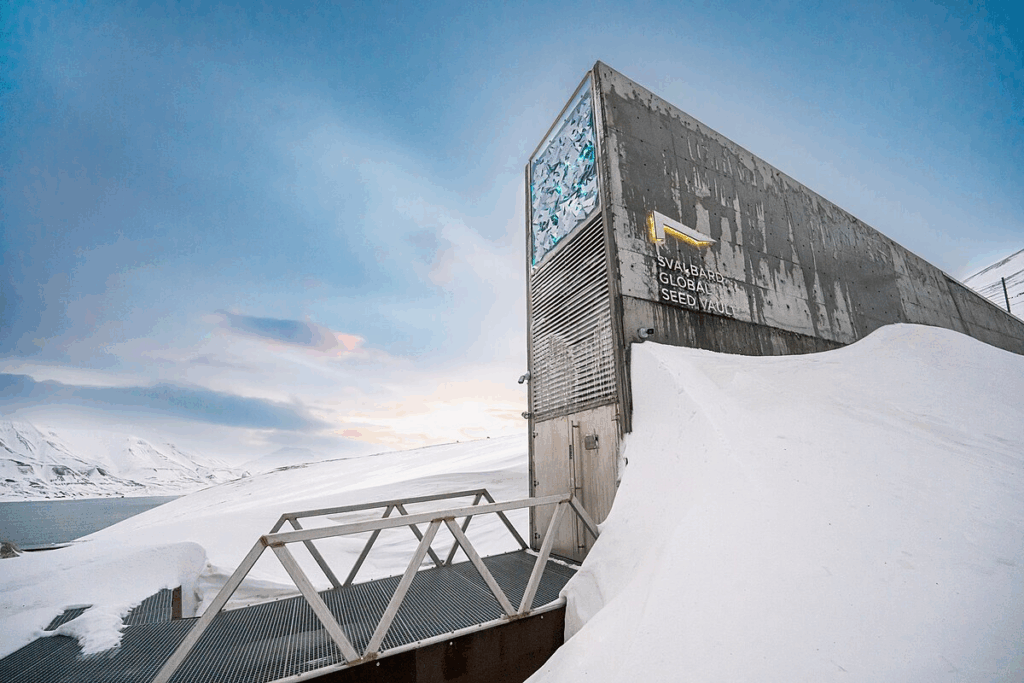
But what makes the Seed Vault even more intriguing is how rarely it is opened. Only six times a year do its heavy, reinforced doors swing open, allowing scientists and seed bank representatives to deposit new samples or, in rare cases, withdraw them. The limited access is intentional, preserving the seeds under tightly controlled environmental conditions—maintained at minus 18 degrees Celsius—to ensure their viability for hundreds, even thousands, of years.
Security is paramount. The vault is buried more than 100 meters inside a sandstone mountain, protected by thick concrete walls, steel doors, and remote surveillance. It was deliberately placed above sea level to remain dry, even if polar ice caps melt. In a world increasingly vulnerable to geopolitical instability, environmental degradation, and disease, the Svalbard Vault stands as a fortress of sustainability.
Though it may sound like a scene out of a science fiction novel, the Seed Vault has already played a real-life role in aiding recovery. In 2015, researchers in the Middle East retrieved seeds from Svalbard after war in Syria destroyed one of the world’s major seed banks in Aleppo. These seeds were used to reestablish crops in a neighboring country, proving that the vault isn’t just symbolic—it’s a functioning lifeline.
Beyond its physical purpose, the Seed Vault carries philosophical weight. It is a rare example of global cooperation in an age often marked by division. Countries at odds politically have contributed side by side to this project. There is no ownership—only stewardship. Norway, which maintains the vault, does not claim the seeds; they remain the property of the depositing nations or institutions.
In essence, the Svalbard Global Seed Vault is Earth’s quietest guardian. It opens only six times a year, but its importance is timeless. It holds not just seeds, but the potential for recovery, renewal, and survival. In a rapidly changing world, the vault reminds us that true security lies not just in technology or defense—but in preserving the diversity and resilience of life itself.
News in the same category


Scientists Baffled By Perfect Sphere Emitting Radio Signals From Deep Space

Meet Borealopelta markmitchelli: The Best-Preserved Dinosaur Fossil Ever Discovered

Is the Multiverse Real? Exploring Scientific Theories and Quantum Clues

Don’t Toss Those Eggshells: 17 Ways to Reuse Them
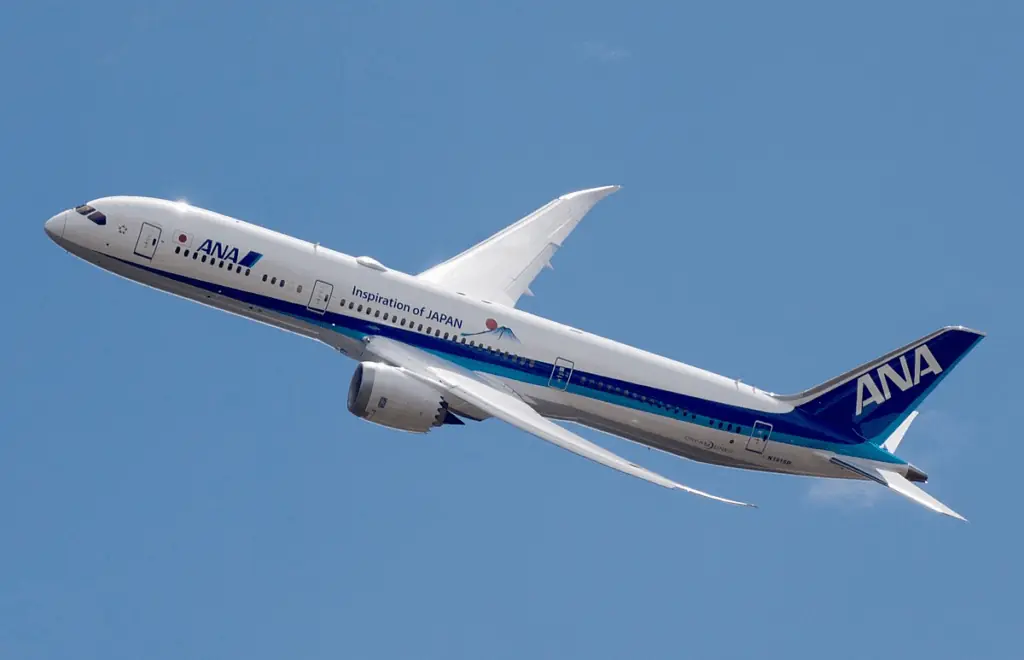
Why This $281m ‘Car’ Built By Boeing Only Goes 8MPH
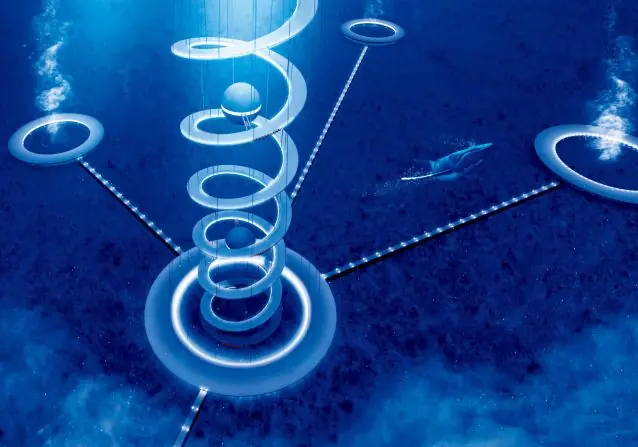
Japan’s Ocean Spiral: A Real-Life Sci-Fi Vision Beneath the Waves

‘Ghost Boy’ wakes up from a coma after 12 years – Then he Reveals his spine-chilling secret
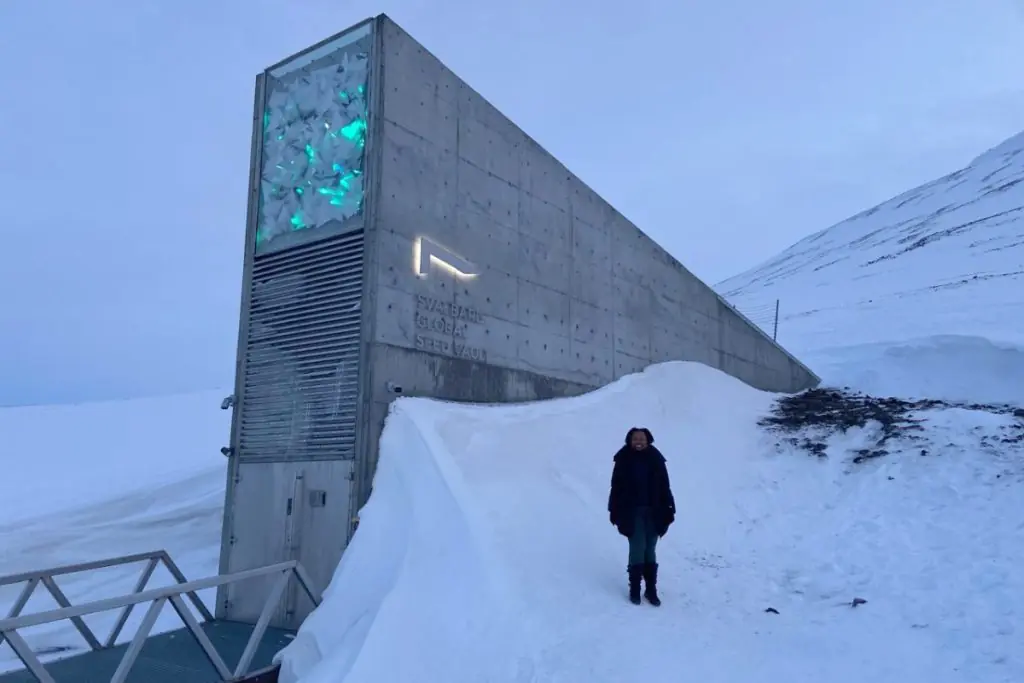
Inside the Global Seed Vault: Earth’s Most Secure Backup Opens Just Six Times a Year

Scientists Baffled By Strange New Clues About The Universe’s Behavior

Creepy Orca Recordings Mimicking Human Speech Leave Listeners Amazed And Terrified

French Farmer Discovers $4 Billion Gold Deposit, But Legal Hurdles Prevent Him From Profiting

Modern Quantum Physics Validates What Ancient Cultures Always Knew: Geometry Is More Than Math—It Is Memory
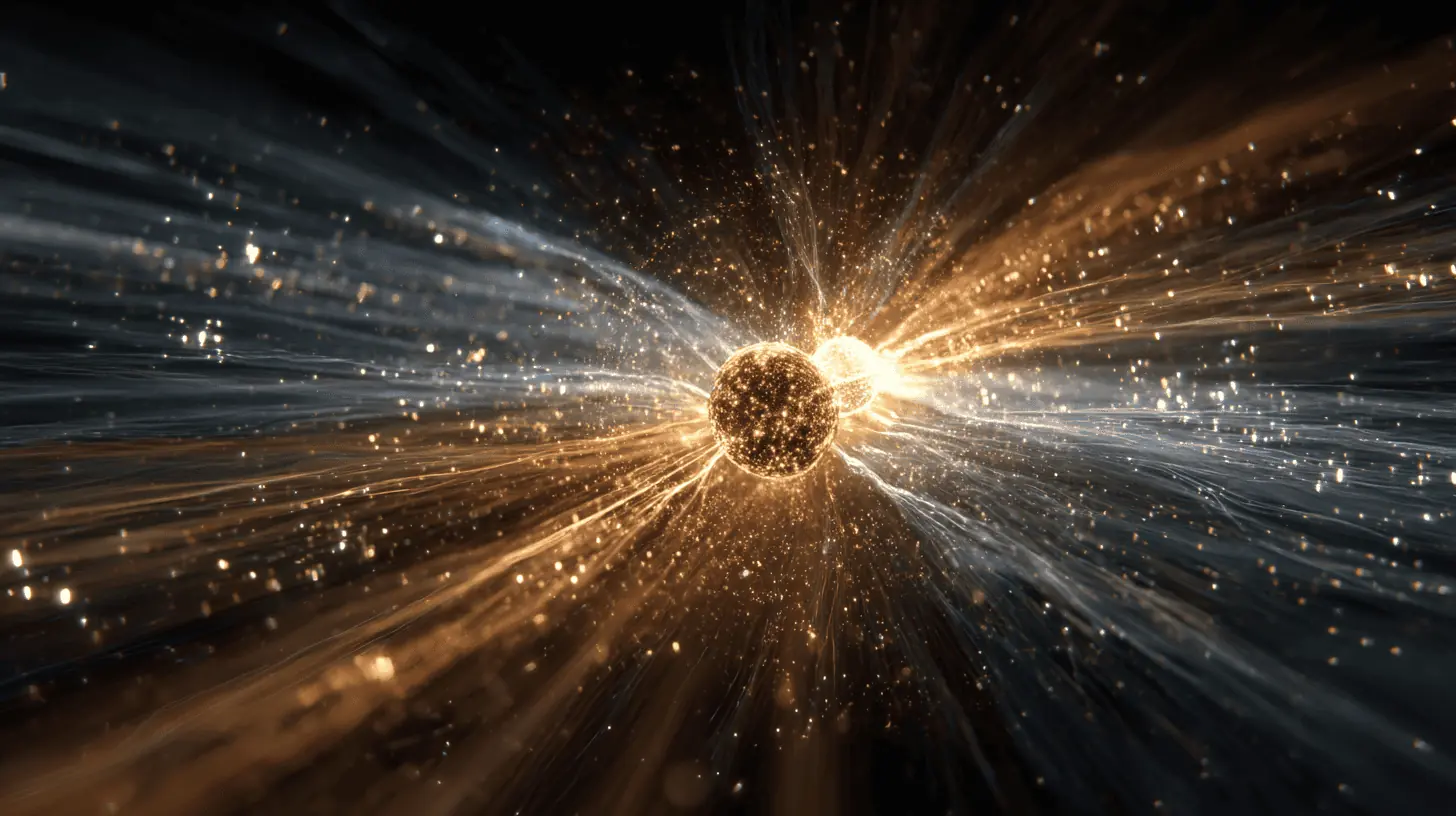
Scientists Turn Lead Into Gold at the LHC – But There’s a Catch

The ring you pick will reveal your truest trait
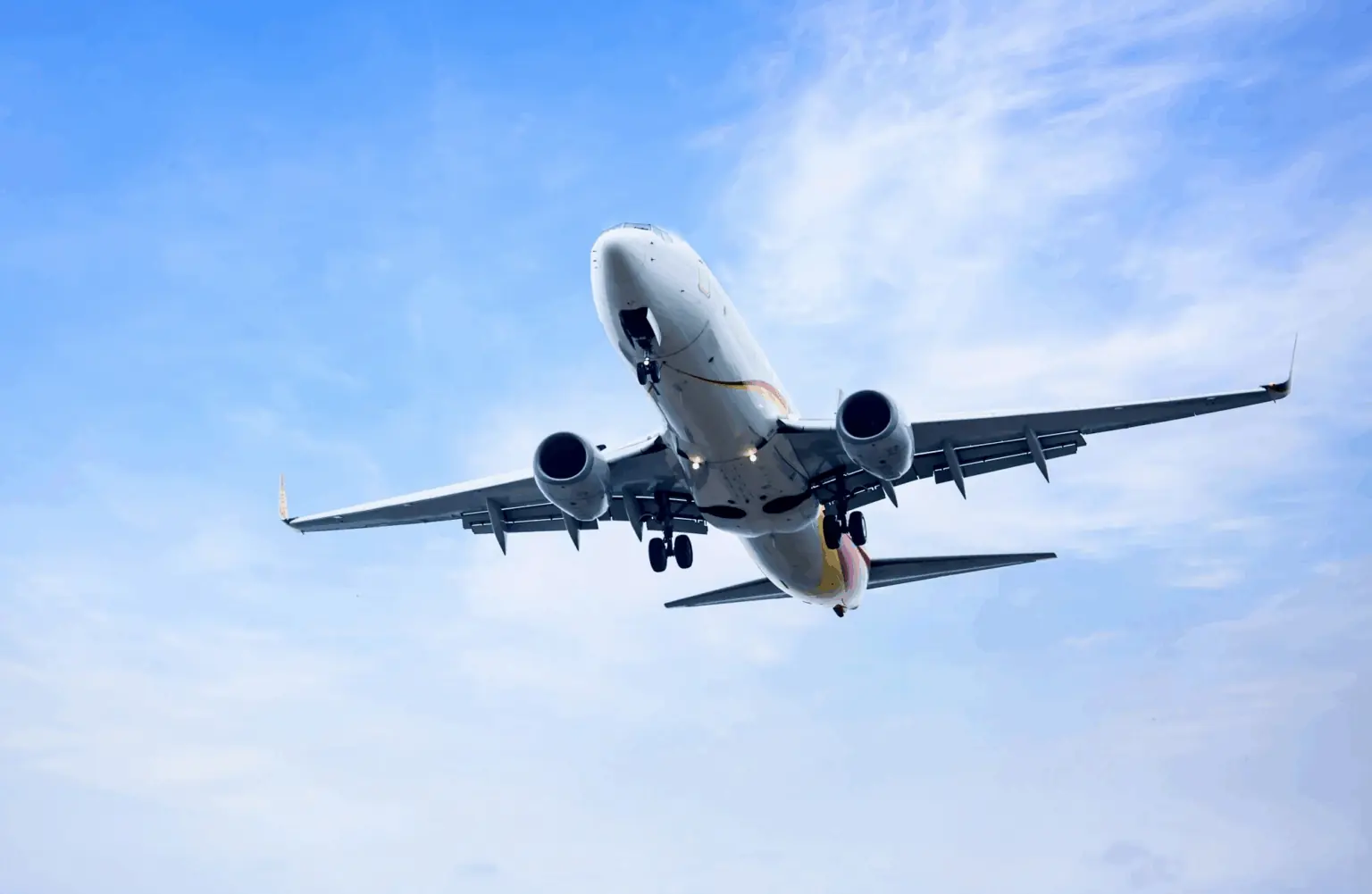
Viral Video Shows Plane ‘Frozen’ Mid-Air, Ignites ‘Glitch In The Matrix’ Theories

Secret CIA Documents Declare That The Ark Of The Covenant Is Real, And Its Location Is Known
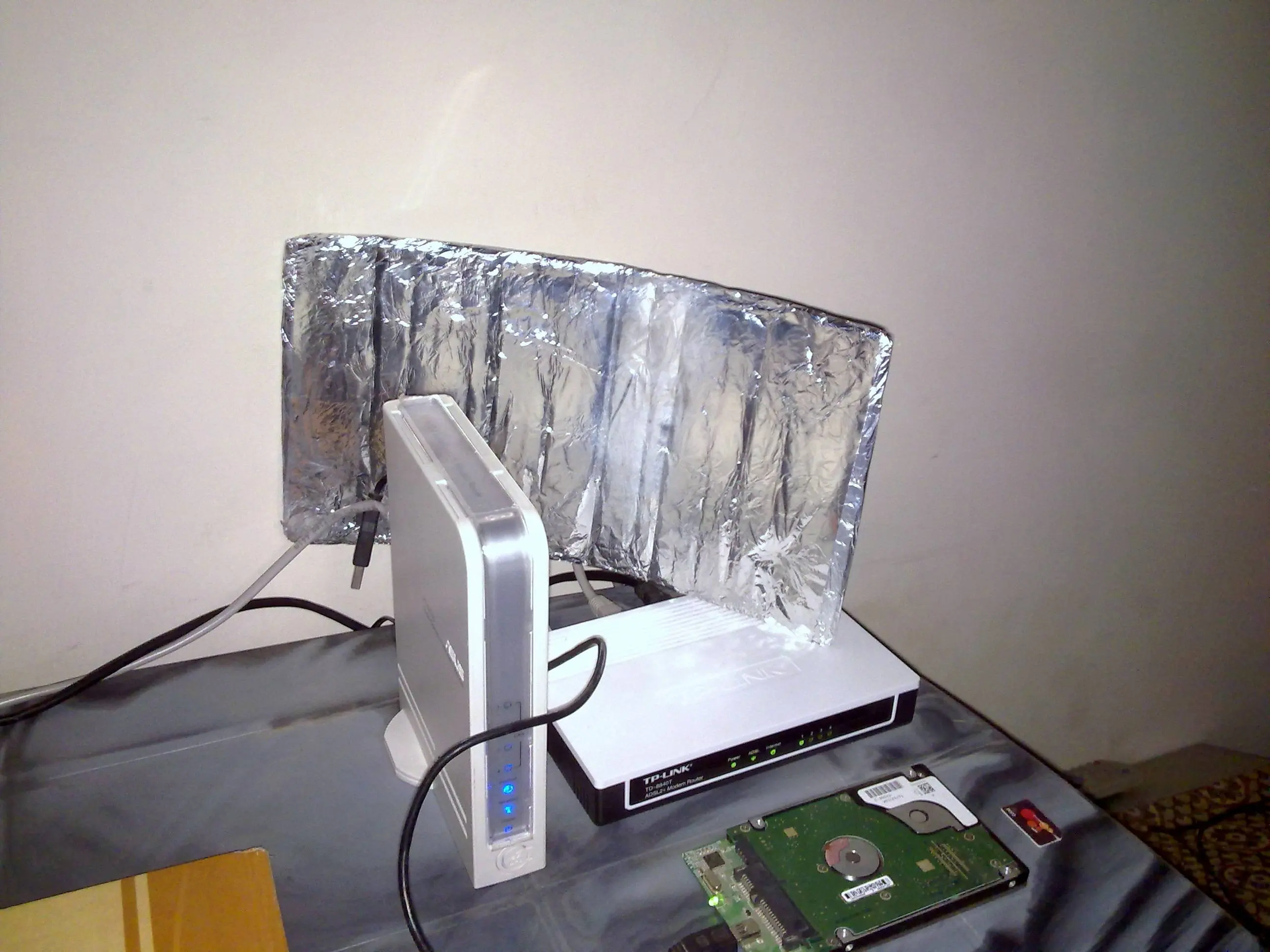
Why You Should Try Placing Aluminum Foil Behind Your Router
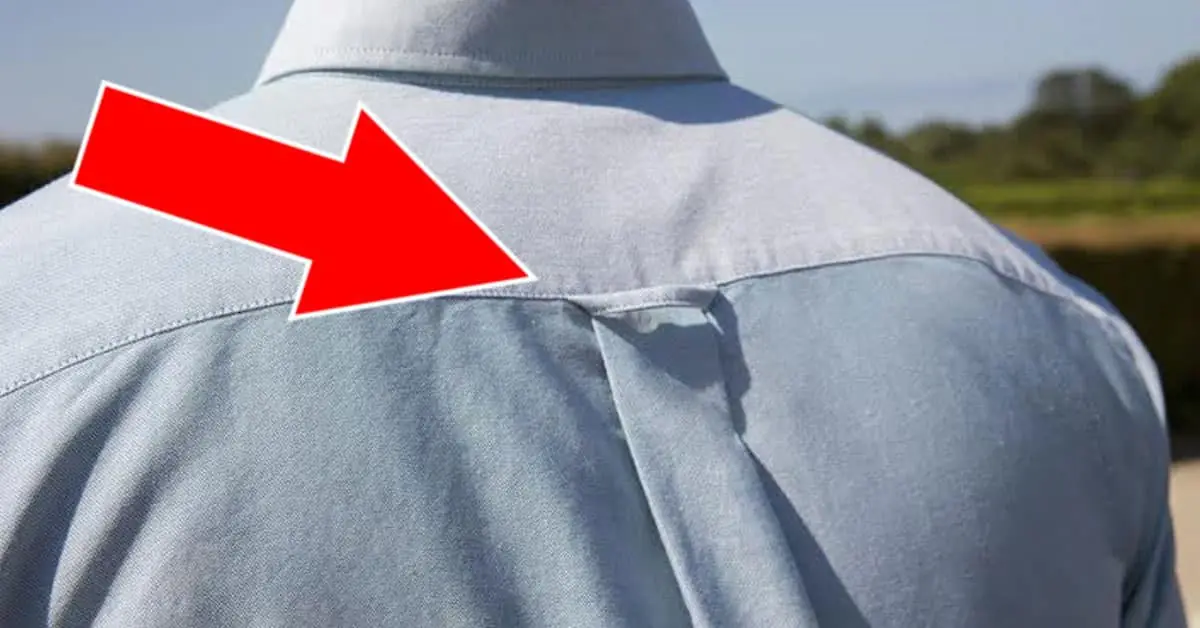
Why Do Button-Down Shirts Have Loops on the Back?
News Post

How to help naturally relieve gout and joint pain

Sudden Sharp Chest Pain? The Mystery May Finally Be Solved

8 Warning Signs Your Oxygen Levels May Be Too Low — And How to Improve Them Naturally

Man Loses 400 Pounds Naturally and Raises Funds to Remove Excess Skin
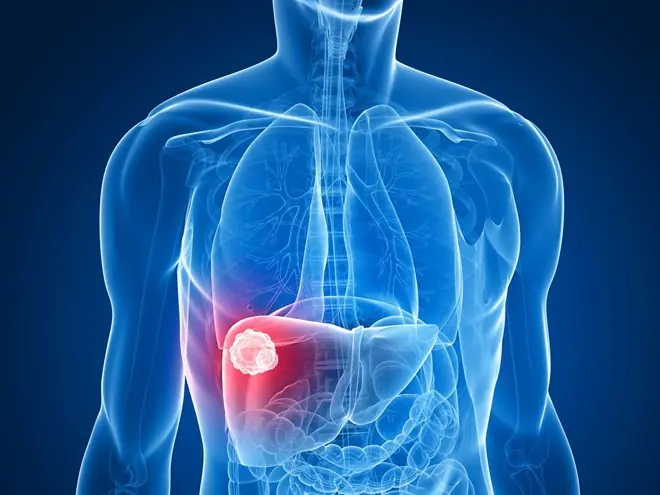
47-Year-Old Man Dies of Liver Cancer: ‘2 Pains and 2 Itches’ Could Be Warning Signs of Liver Disease

Losing 93 Kilograms by Eating Only Meat and Eggs for Half a Year — Even the Doctor Was Shocked

How Dangerous Are Brain Tumors? If You Have These Symptoms, Get Checked Before It's Too Late

Man Spends Life Savings On Abandoned Ghost Town Once Worth $500 Million

Detox Naturally with Tangerine, Walnuts, and Ginger: A Gentle Reset for Energy, Digestion & Vitality

🌿 10 Amazing Health Benefits of Okra

Clove Benefits: The Tiny Spice with Powerful Healing Properties You Need to Know

Clear Mucus from Your Lungs in Just 3 Days and Support Your Thyroid with Just One Orange – See the Recipe!

My Stepdaughter Was Locked up in a Closet During My Wedding Ceremony – We Were Shocked to Discover Who Did That to Her and Why
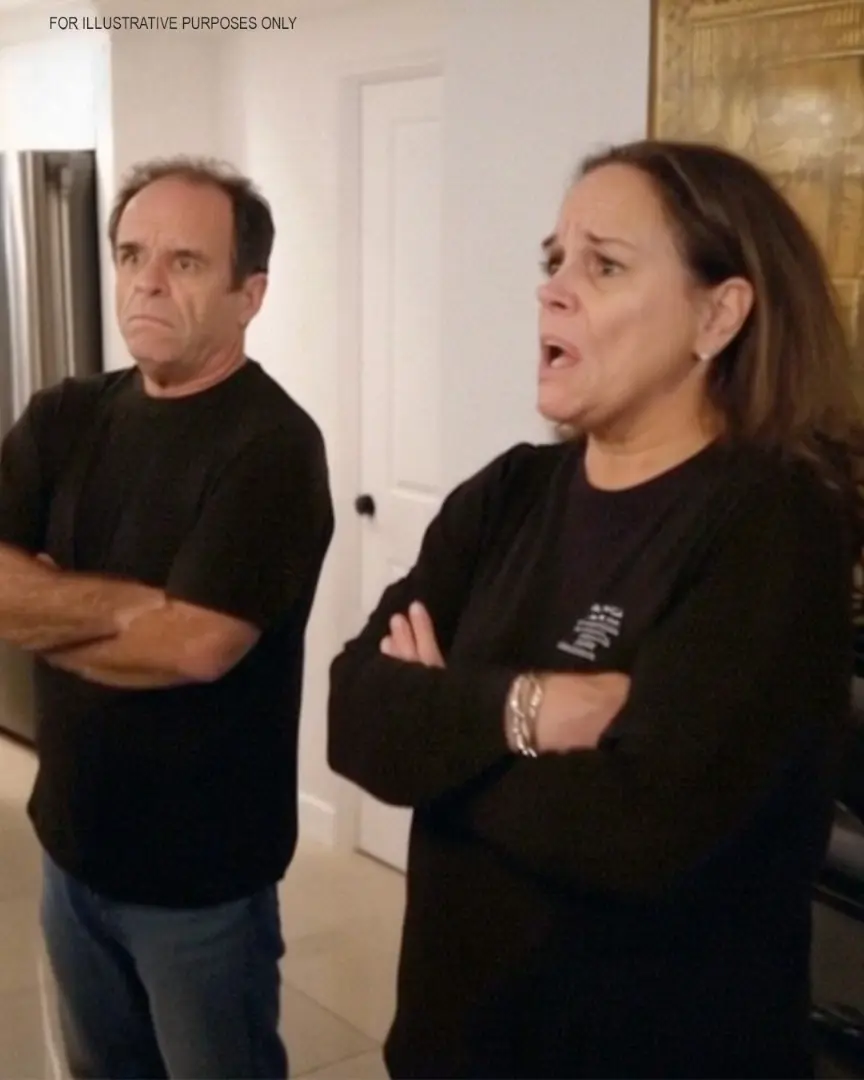
My Parents Chose My Sister Over My Wedding — So My Best Man Put Them on Blast
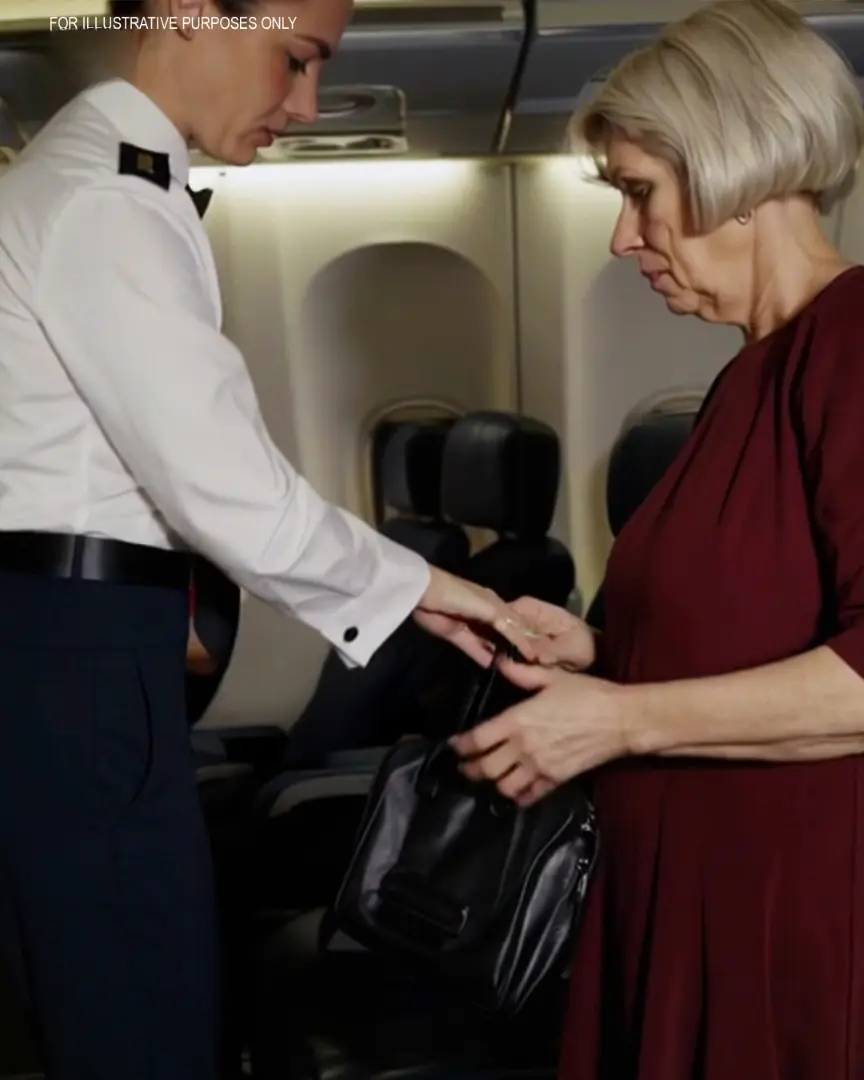
Flight Attendant Woke Me Up & Told Me to Check My Husband's Bag While He Was Away — I Never Expected What I Found
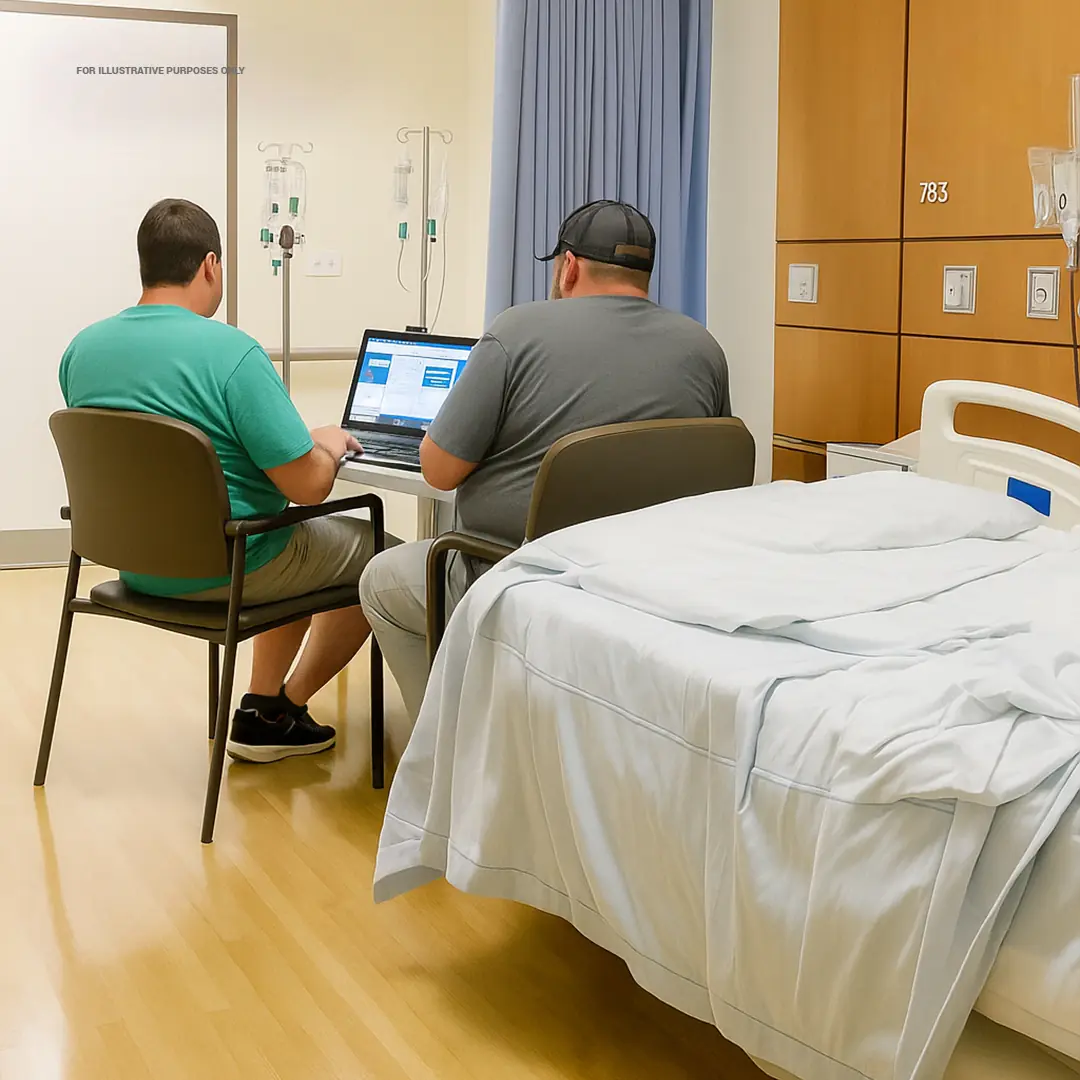
My Husband Brought an Xbox to the Delivery Room and Invited His Friend Because He 'Didn't Want to Be Bored While I Was in Labor'
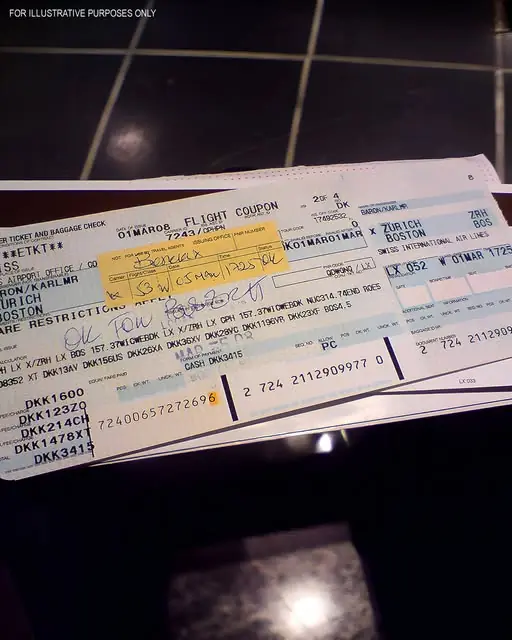
I Found Tickets in My Husband's Old Jacket and Filed for Divorce the Next Day

Scientists Baffled By Perfect Sphere Emitting Radio Signals From Deep Space

Meet Borealopelta markmitchelli: The Best-Preserved Dinosaur Fossil Ever Discovered
